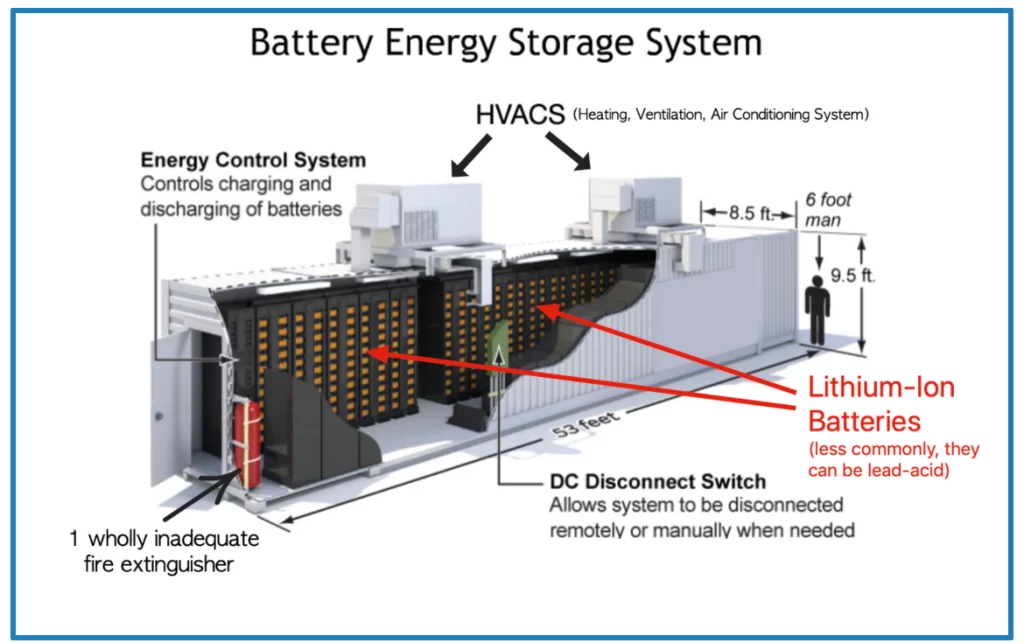
Products
Fast, Reliable, Everywhere

Solutions
Efficient, Innovative EV Charging Solutions.
News
We are committed to the innovation and application of EV charging.
Battery Energy Storage Systems (BESS) are transforming the energy landscape by enhancing reliability, integrating renewable energy sources, and providing substantial cost savings. This comprehensive guide explores the fundamentals, benefits, technologies, and applications of BESS to help you make informed decisions.

A Battery Energy Storage System stores energy produced by renewable sources or drawn from the grid, providing power during periods of high demand, grid disruptions, or when renewable sources are not generating electricity.
BESS captures excess energy from solar panels, wind turbines, or the grid, storing it efficiently. During peak usage times or outages, stored energy is discharged, ensuring continuous power supply and grid stability.
Understanding the regulatory environment and market trends is crucial for maximizing BESS benefits. Key areas include:
Our advanced BESS solutions provide unmatched performance and reliability:
Ready to leverage the full potential of energy storage? Contact our experts today to discover how a Battery Energy Storage System can meet your unique energy needs and sustainability goals.
